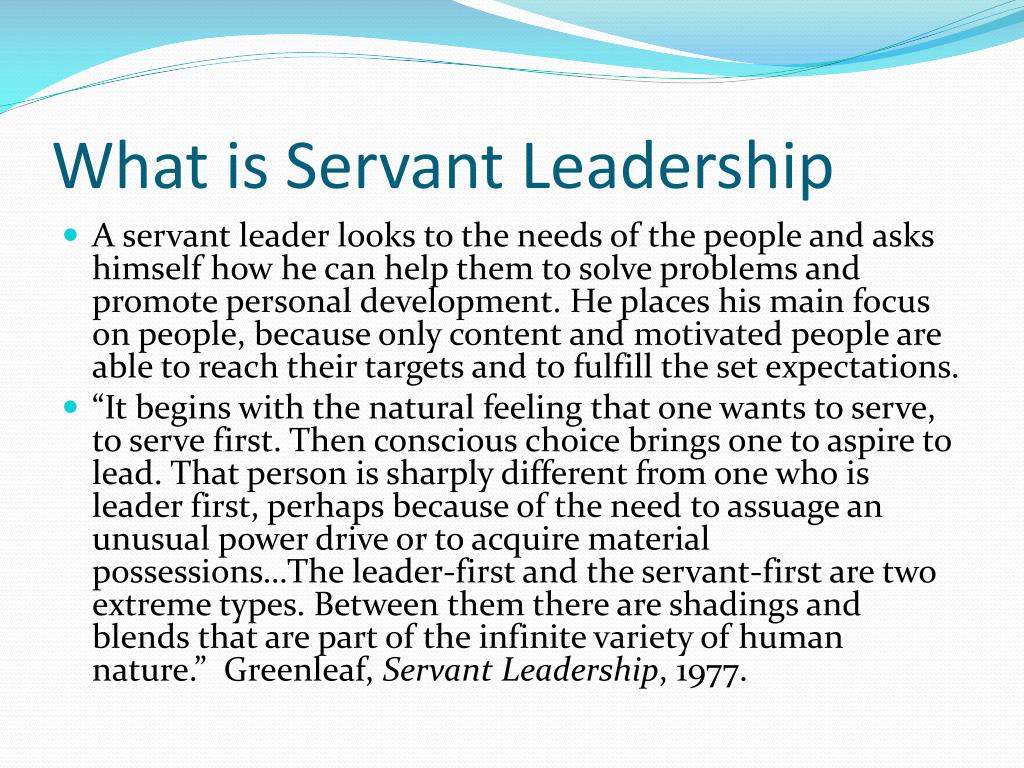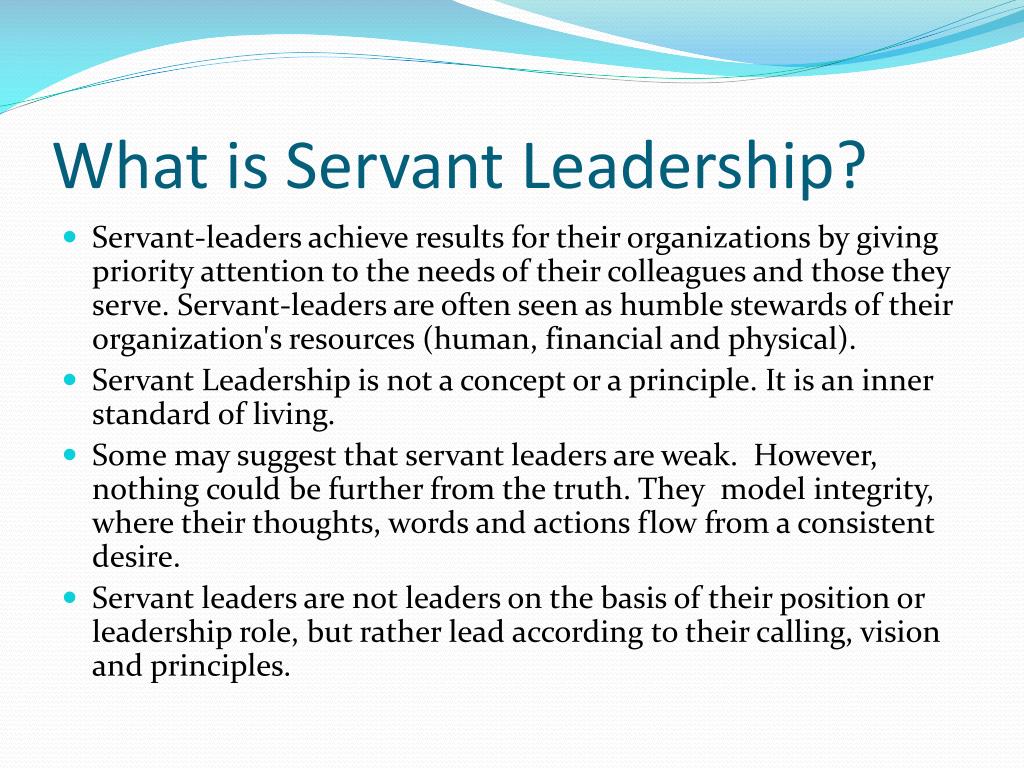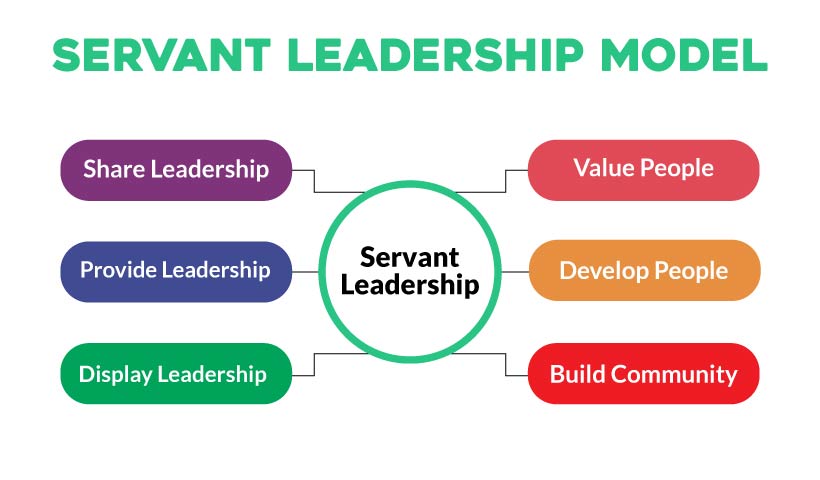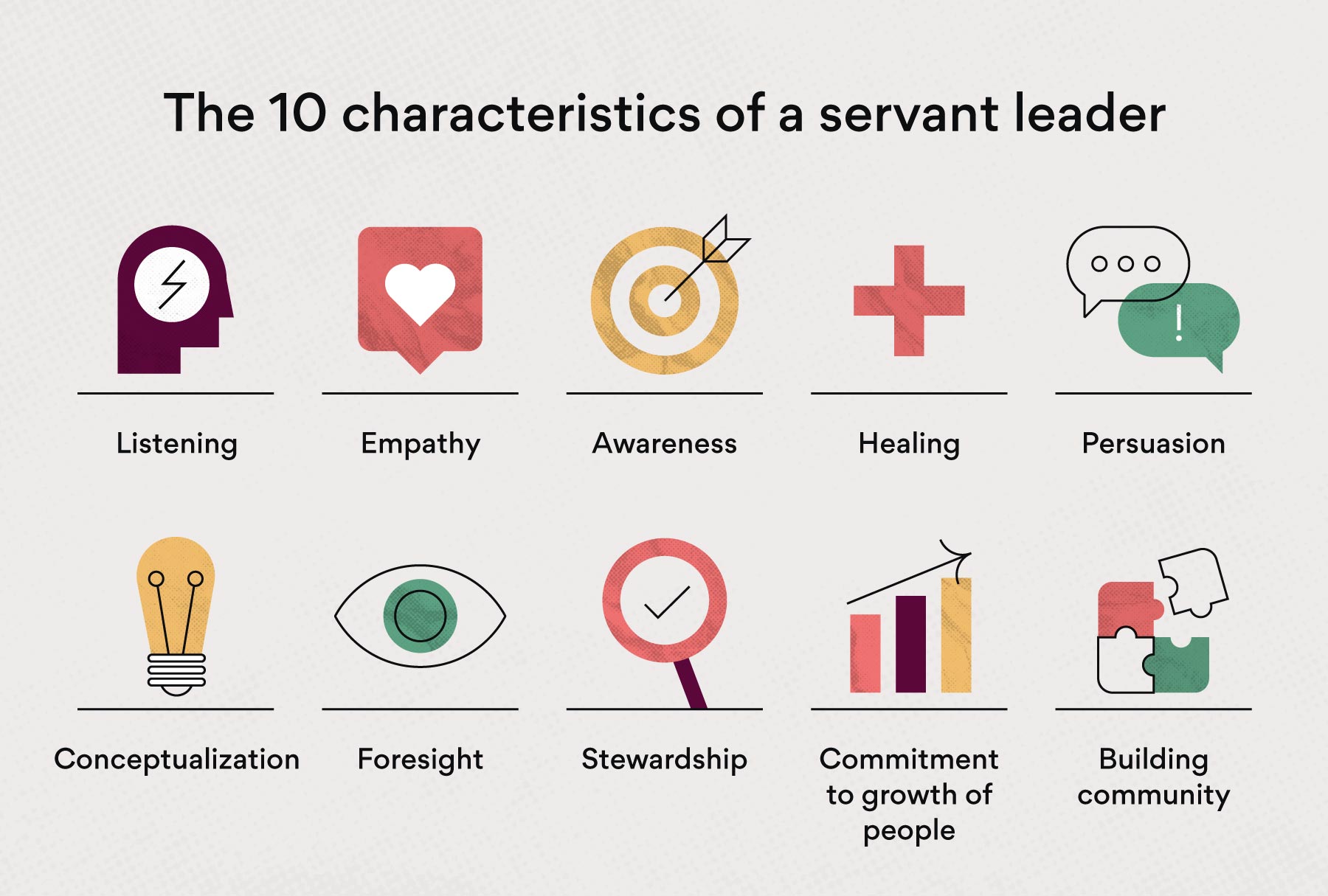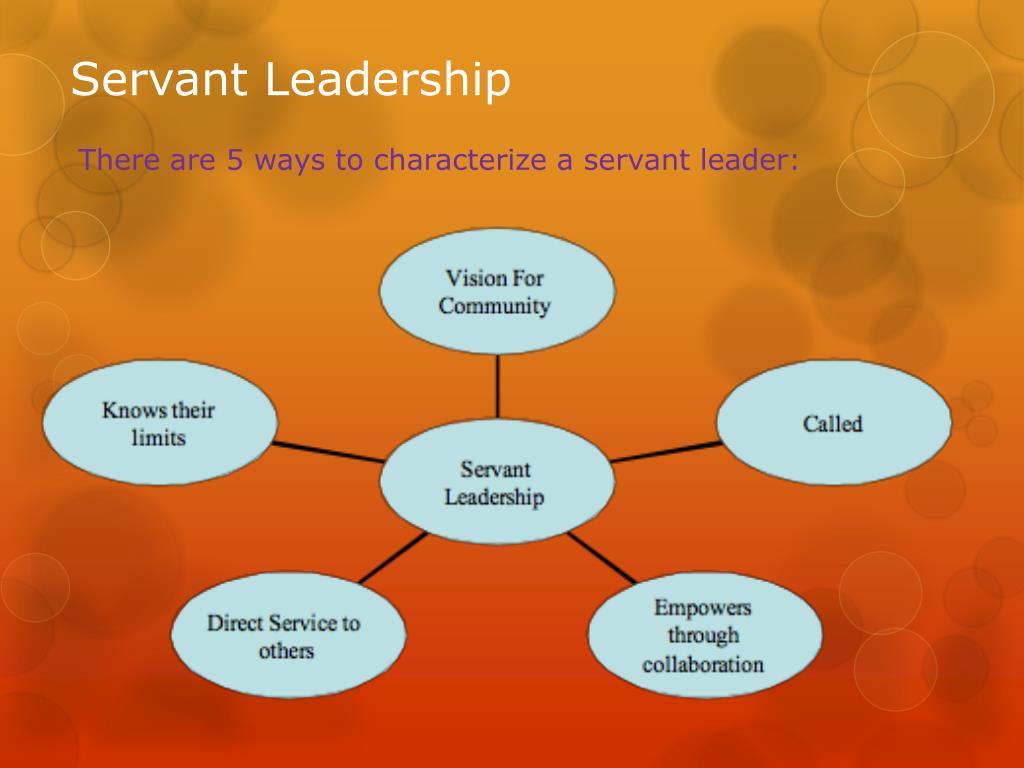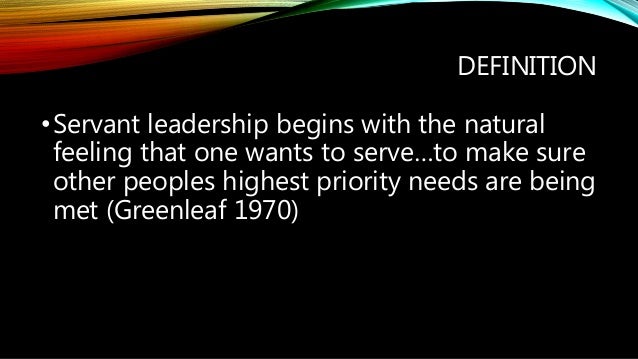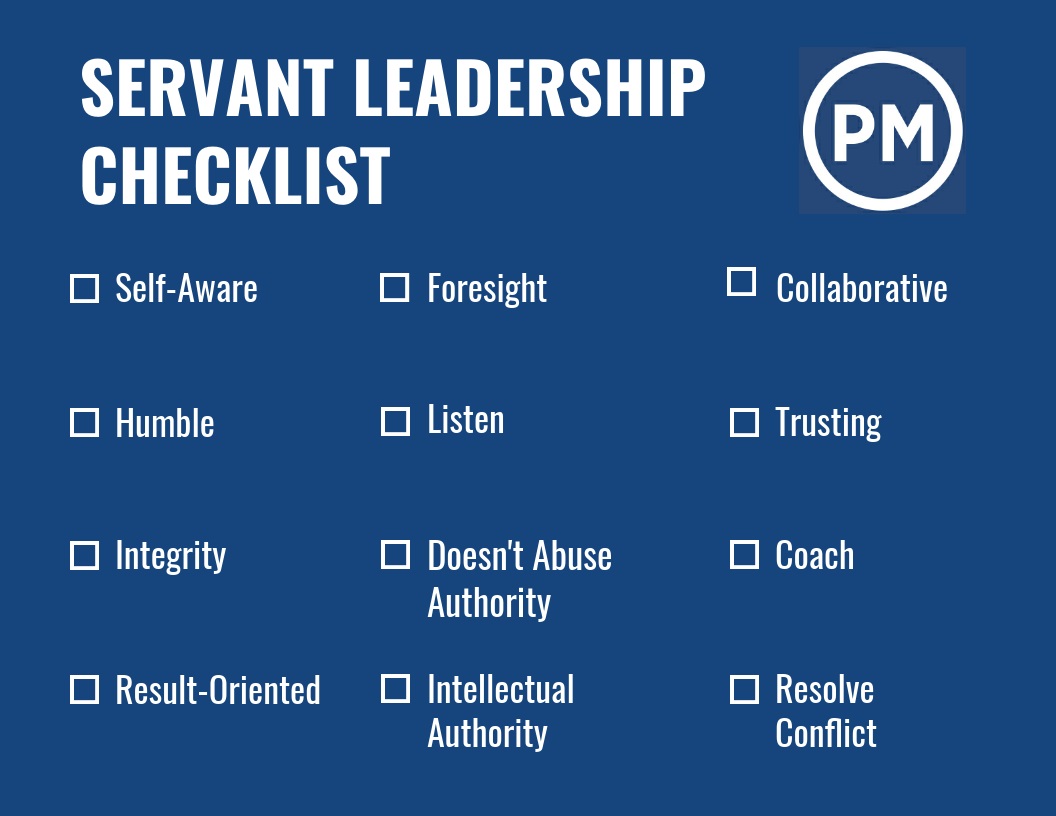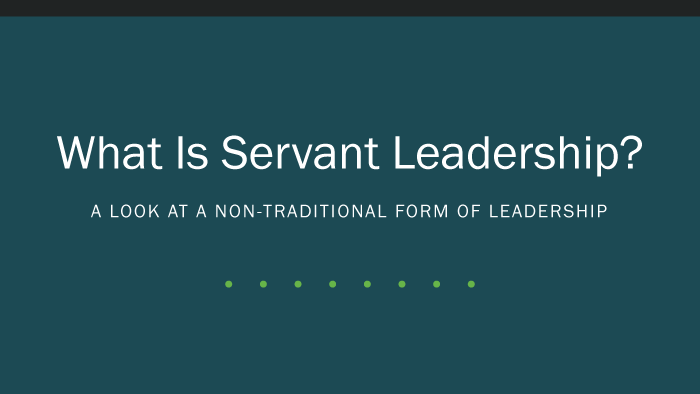There Is No Single Accepted Definition Of Servant Leadership
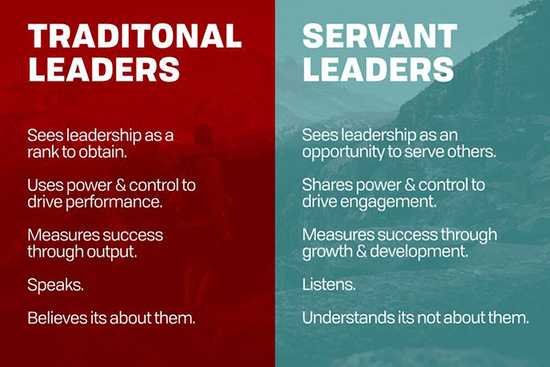
Imagine a bustling office, not of hushed cubicles and sharp directives, but of collaborative chatter and open doors. The CEO isn't barking orders from a corner office, but is instead kneeling beside a junior employee, untangling a knotty data problem. This isn't a utopian fantasy; it's a glimpse into the world of servant leadership, a philosophy gaining traction but still shrouded in definitional ambiguity.
While the term servant leadership evokes images of empathy and empowerment, there's no universally agreed-upon definition. This lack of a singular, concrete framework can be both a strength and a weakness, leading to varied interpretations and applications across different organizations.
The Genesis of an Idea
The concept of servant leadership was first articulated by Robert K. Greenleaf in his 1970 essay, "The Servant as Leader." Greenleaf, a former AT&T executive, observed that the best leaders were those who prioritized serving others first.
His work laid the groundwork for a movement that emphasizes listening, empathy, healing, awareness, persuasion, conceptualization, foresight, stewardship, commitment to the growth of people, and building community.
However, Greenleaf's initial writings were intentionally broad, designed to spark reflection and discussion rather than prescribe a rigid methodology.
A Spectrum of Interpretations
Over the years, numerous scholars and practitioners have expanded upon Greenleaf's ideas, each contributing their own nuances and interpretations. Some focus on the leader's ethical obligations, emphasizing integrity and accountability.
Others highlight the importance of empowering followers, fostering autonomy and shared decision-making. Still others emphasize the emotional intelligence aspect of servant leadership.
For example, Larry Spears, former CEO of The Greenleaf Center for Servant Leadership, identified ten characteristics crucial to servant leaders. They are: listening, empathy, healing, awareness, persuasion, conceptualization, foresight, stewardship, commitment to the growth of people, and building community.
These characteristics provides more tangible guidance but do not eliminate the ambiguity surrounding the core definition.
The Challenges and Opportunities
The lack of a single definition can present challenges for organizations seeking to implement servant leadership principles. It can be difficult to measure its effectiveness or to ensure consistent application across different teams and departments.
However, this ambiguity also allows for flexibility and adaptation. Organizations can tailor their approach to servant leadership to fit their unique context and culture.
Kent Keith's "The Paradoxical Commandments" offers another perspective, emphasizing leading by example and serving even when unappreciated.
Measuring the Impact
Despite the definitional challenges, research suggests that servant leadership can have a positive impact on organizational outcomes. Studies have linked it to increased employee engagement, higher levels of trust, and improved customer satisfaction.
According to a study published in the Journal of Business Ethics, servant leadership is positively related to organizational citizenship behavior, which is discretionary behavior that benefits the organization.
However, more research is needed to fully understand the complex relationship between servant leadership and organizational performance.
Moving Forward
Perhaps the absence of a singular definition isn't a flaw, but a feature. Servant leadership, at its heart, is about a mindset, a commitment to prioritizing the needs of others.
"The best test, and difficult to administer, is: Do those served grow as persons? Do they, while being served, become healthier, wiser, freer, more autonomous, more likely themselves to become servants?" - Robert K. Greenleaf
As organizations grapple with increasingly complex challenges, the principles of servant leadership – empathy, empowerment, and a commitment to growth – may offer a valuable framework for building more resilient and purpose-driven teams. Embracing the spirit of servant leadership, even without a rigid definition, can cultivate a more human and effective workplace. The key lies not in adhering to a prescriptive formula, but in genuinely striving to serve those around us.
:max_bytes(150000):strip_icc()/servant-leadership.asp-final-384659cdeae8488fb6867c08395d4017.png)

